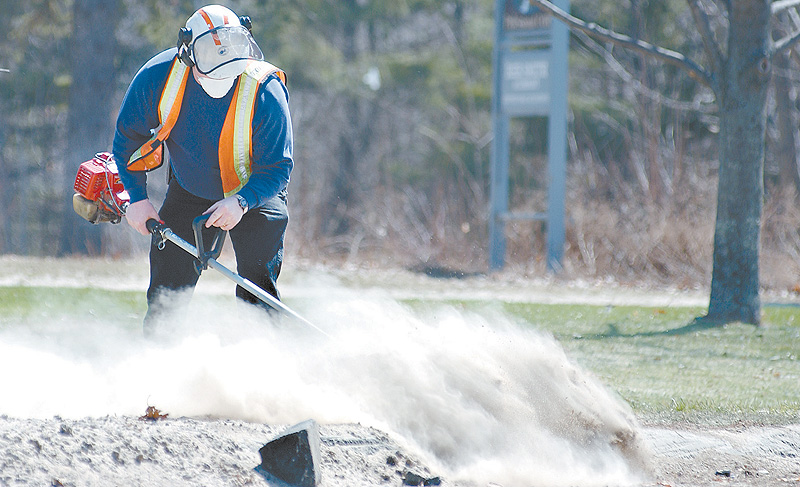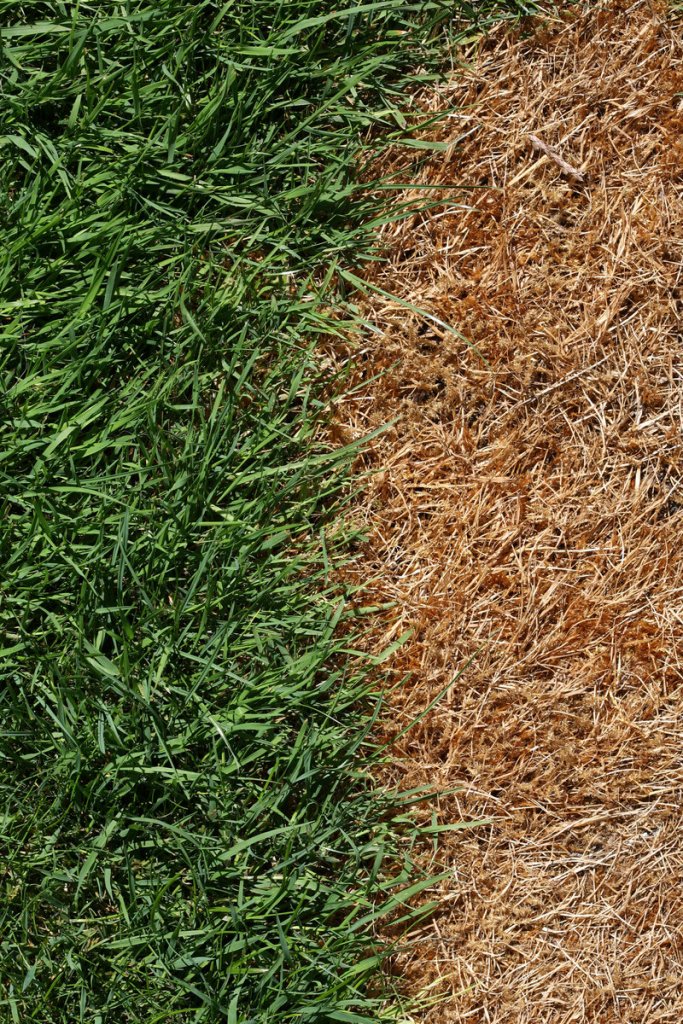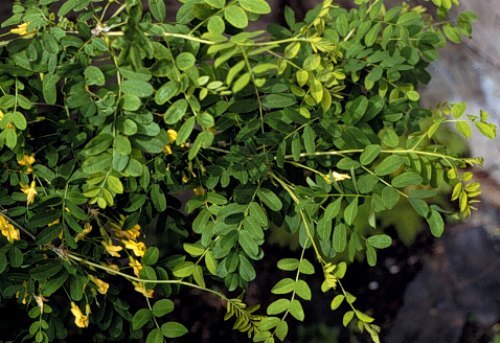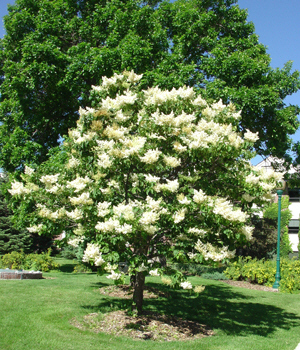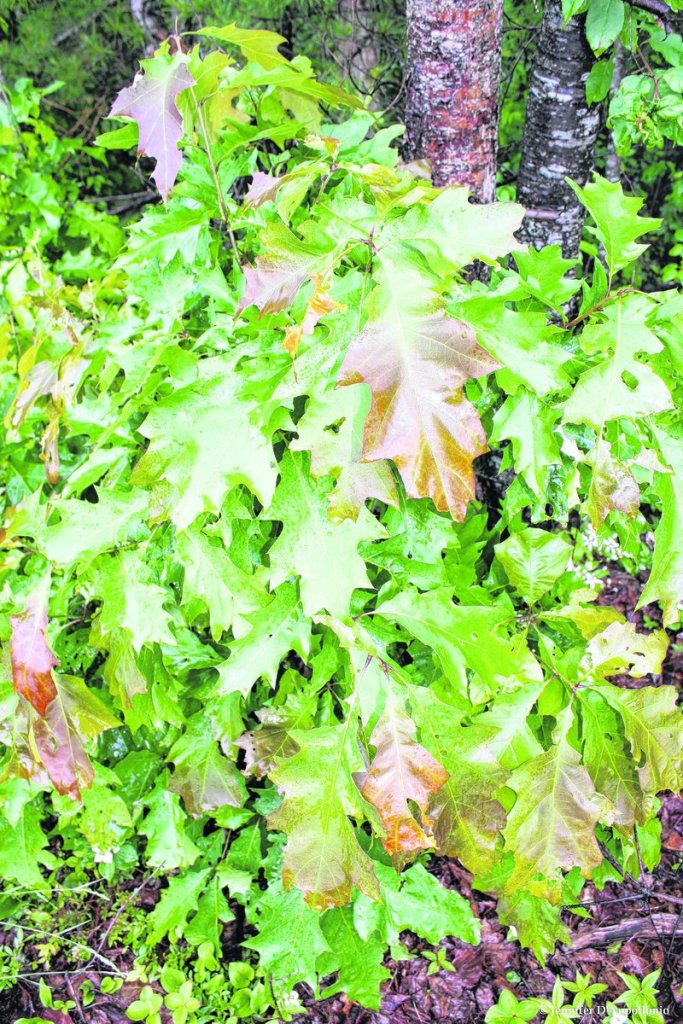Here comes the plow truck. Here comes the sander.
There goes the lawn.
During a stormy Maine winter, the snowplows and sand trucks rolling down the street in front of your house can be a welcome sight.
But in the spring, when the blanket of snow and ice is finally gone, the site can be ugly. The specific site we’re talking about is the front lawn.
So what can people do to try to repair and restore the front lawn after a winter of sand and salt and other snow removal activity? And what can they do to prevent such damage in the future?
To find some answers, we went to lawn and horticulture experts for advice. Here are a few things they shared about repairing the winter damage now, and preventing it next year.
• Doug Albert, owner of Maine Turf Co. in Fryeburg and a teacher of turf grass management classes at Southern Maine Community College:
Albert says the first thing to do is to identify exactly what caused the damage — salt, snowpack or ice? — and look for non-chemical ways to correct the situation and prevent it in the future.
For instance, if the damage is caused by “snow compaction,” look for another place to pile snow when shoveling or plowing.
If it’s salt damage near areas where you put down sidewalk salt, look for non-salt de-icing alternatives next time you’re at the home and garden store.
And if there’s a low spot on the lawn that’s getting a lot of water and ice damage, raise that area with more dirt.
One thing you can do for general winter damage on your lawn is to dethatch or rake the lawn, leaving about a quarter inch of loose top soil. Then add a starter fertilizer and some “organic amendments” like compost, peat or manure.
Rake in some grass seed, and water right away.
• Matt and Kristina TenEyck, owners of The Constant Gardener and Links Lawn Care, a pair of garden and lawn-care businesses based in Hollis:
The TenEycks say if you have a specific area of plow damage on the lawn, fill it with loam, grade it and seed it.
The remaining lawn should be raked to get rid of dead material and leaves, which will help promote grass seed growth.
Because it’s been a dry spring so far, they say watering now will help your lawn recover from winter stress more quickly.
And once you start growing grass on damaged areas, the TenEycks say it’s important to resist the urge to cut your grass really short, even if you think it looks very neat that way.
Unless you’re having soccer practice on your lawn, leave the grass 3 to 4 inches long.
The longer you leave your grass, the healthier it will grow, they say.
• Lois Berg Stack, professor of sustainable agriculture, University of Maine in Orono: Road salt can cause serious damage to the plants and trees in your yard.
Stack says you can think preventively next time you want to plant a tree by choosing salt-resistant varieties such as horse chestnut, red oak or Japanese tree lilac. Avoid salt-sensitive trees such as red maple, linden or Canada hemlock.
Some salt-tolerant shrubs, Stack says, include Siberian peashrub, staghorn sumac and lilac, while salt-intolerant shrubs include boxwood and mock orange.
You can try to protect roadside plantings by using raised beds or protective fences.
And always thoroughly water roadside plantings in spring to “flush” salts from the topsoil, Stack said.
Staff Writer Ray Routhier can be contacted at 791-6454 or at:
rrouthier@pressherald.com
Twitter: RayRouthier
Send questions/comments to the editors.


